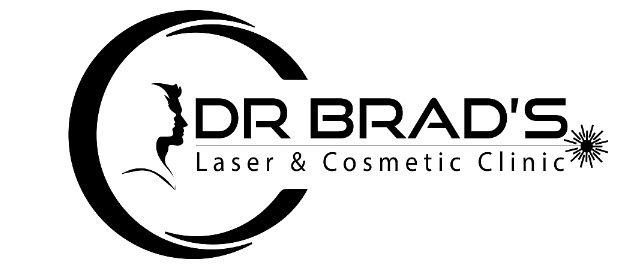Earwax often gets a bad rap, but it actually serves a purpose! This natural substance helps lubricate our ears, trapping dust and debris to keep our auditory environment clean. However, things can get tricky when earwax accumulates too much, leading to discomfort, partial hearing loss, or even tinnitus. Fortunately, there are safe methods available to manage earwax buildup, and using oils is one of them!
When it comes to earwax removal, gentle techniques are vital. It’s always best to approach ear care with caution, avoiding aggressive methods that can cause damage. Many people find themselves reaching for cotton swabs, but these often push the wax deeper into the ear canal, exacerbating the problem. Instead, let’s explore how to safely use oils for earwax removal and keep our ears in tip-top shape.
First and foremost, it's crucial to choose the right oils that can help soften wax. Common options include olive oil, almond oil, or mineral oil. These natural oils are gentle and effective, providing a nourishing environment for safe removal. They work by lubricating the wax, making it easier for the body to naturally expel it or for you to manually remove it later on.
So, how do we use these oils effectively? Start by gathering your materials: a clean dropper, the oil of your choice, and a towel or tissue for spills and to protect your clothing. It’s recommended to warm the oil slightly (but never to a hot temperature—test it on your wrist first) for a more comfortable experience.
Then, follow these simple steps to get started. First, tilt your head to one side so that the ear you’re treating faces upwards. Use the dropper to place a few drops of the warmed oil directly in your ear. It should feel soothing rather than uncomfortable. If the sensation is too intense, you may need to look for a different method or consult a professional.
Once the oil is in your ear, remain in that position for about 10-15 minutes, allowing the oil to penetrate and soften the wax. You might want to relax during this time; it can be a perfect opportunity to enjoy a bit of downtime with a book or your favourite playlist. After the time is up, tilt your head in the opposite direction to let the oil and any loosened wax drain onto the towel or tissue.
If you are one of those lucky folks who has had luck removing a good chunk of earwax using this method, know that you are not alone! I recall a patient of mine who struggled with earwax build-up for years. After trying several ineffective methods and treatments, he finally discovered the power of olive oil. To his amazement, after just a few applications, he felt like a weight had been lifted off his ears and regained clarity in his hearing. It’s moments like these that remind us how simple solutions can make a real difference in our day-to-day lives.
However, if you find that the oil method doesn’t work as seamlessly for you, or if you experience pain, discomfort, or persistent blockage, it may be time to consult an expert. Not only is it essential to address problematic earwax, but it’s even more important to do so in a way that protects your hearing. This is where professional ear wax removal services, like the ones offered by Dr Brad, come into play. Dr Brad is not only a practising GP, but also a specialist in earwax removal trained by ENT surgeons. Using microsuction technology is the safest and most effective approach to remove stubborn wax without causing damage to the delicate structures of the ear.
By choosing a professional service, you can also get personalised advice tailored to your unique needs. Visiting a specialist ensures that you are receiving care from someone with in-depth knowledge. If you’re located in Bristol and find yourself struggling with earwax issues, consider booking an appointment for ear wax treatment near you. You deserve to hear clearly and enjoy life without the heavy feeling of blocked ears!
Following your safe earwax removal, remember that ear maintenance is just as crucial as removal. It’s good practice to keep your ears clean and dry, but be cautious about over-cleaning. Excessive cleaning can exacerbate wax production. Instead, simply ensure that water doesn’t get trapped in your ears, especially after swimming or bathing, by tilting your head to drain any water and gently patting around the outer ear with a towel.
It can be easy to overlook ear health amidst the daily grind of life. The process of removing earwax should not feel daunting or uncomfortable. With the right methods and professional guidance, you can ensure your ear health is optimal, leading to an improved sensory experience in life.
Please remember: this article does not constitute medical advice. If you’re facing earwax issues that aren't improving, don’t hesitate to seek help! You can book with Dr Brad for a consultation today and take the right steps towards clearer hearing.
